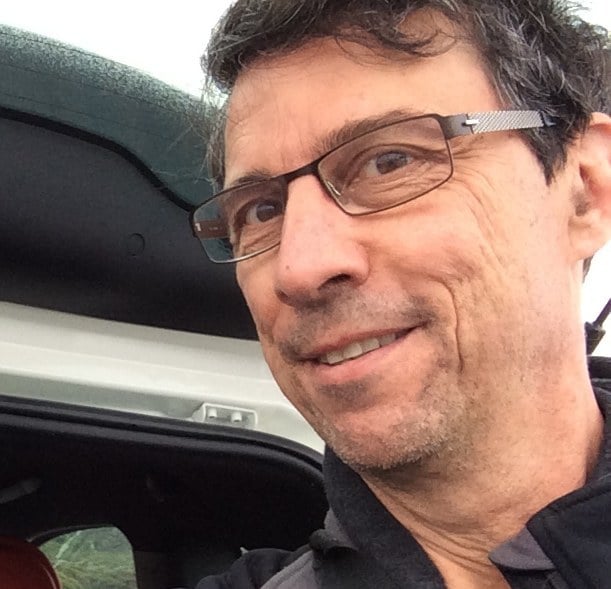CES 2015: Wearables, Automation and More, Part II

Eduardo Pelegri-Llopart examines the future of home automation IoT in the second part of his CES 2015 report.
In home automation devices, the interoperability situation is a bit more complicated as we have different protocols (software and hardware) and different ecosystems.
More Home Automation Products Debuting in 2015
Google’s Nest is beginning to show some traction with their Works with Nest program that includes appliances like Whirlpool, smart lights like Philips Hue, smart locks and more. So of course, competition was going to spring up fast.
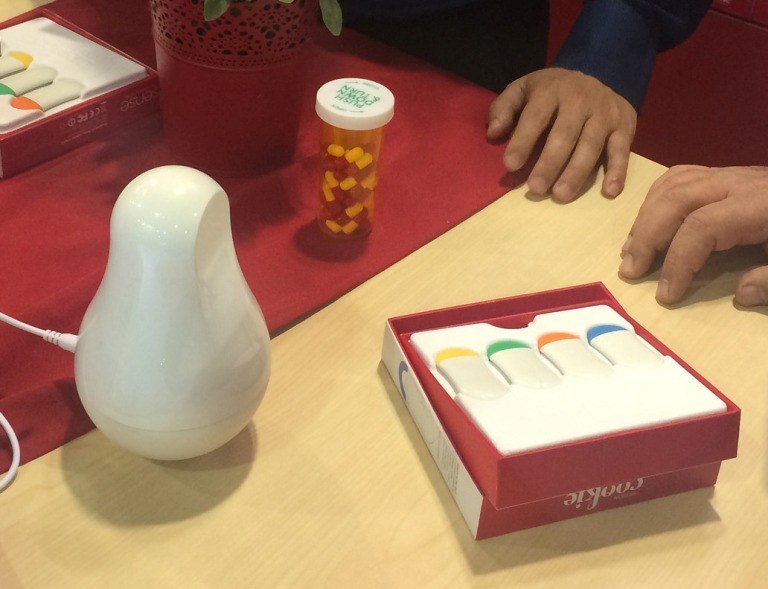
Fig. 1: The Mother device from sen.se on display with a box of “cookie” sensors.
CES had several other players with competing systems, including the Mother from sen.se, which claimed significantly better reach and battery life than traditional BLE. The presenter and CEO said it was because the devices were much less chatty.
I asked several of the presenters about Apple HomeKit support and most everyone told me that HomeKit was in their plans but gave no specific dates. However, some companies did announce a few HomeKit certified products, including iDevices Switch and elGato Eve, but had no launch dates.
Apple’s future is always hard to predict, so it will be very interesting to see exactly what Apple announces this year. I am certainly eagerly awaiting the general availability of HomeKit-compliant devices so we can use them with interns and students.
What I Found at Tech West: New IoT Explorations
Tech West had many other interesting booths. From my Flickr album:
PetChatz, a treat-delivery gadget for dogs (and smart cats too):
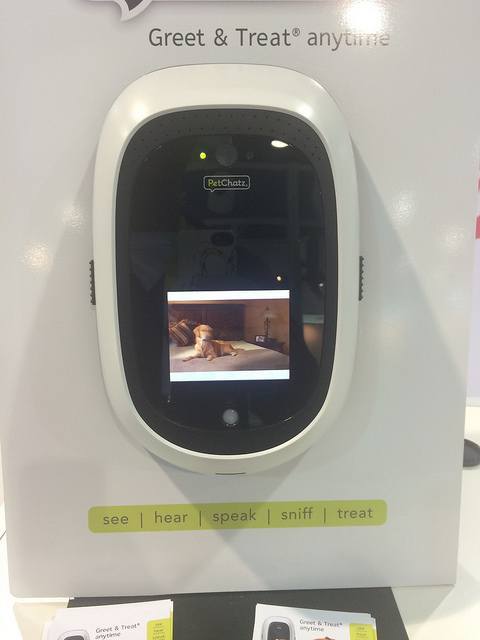
Fig. 2: The PetChatz treat deliver system on display at CES 2015.
VisiJax, a Connected Jacket Platform that I think can be developed in multiple directions:
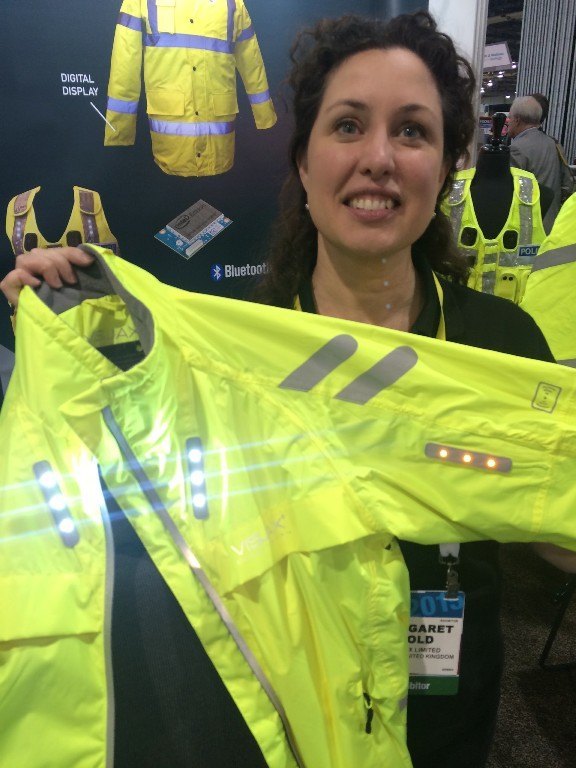
Fig 3. A presenter shows me a VisiJax connected jacket.
3-D printing for cake decorations:
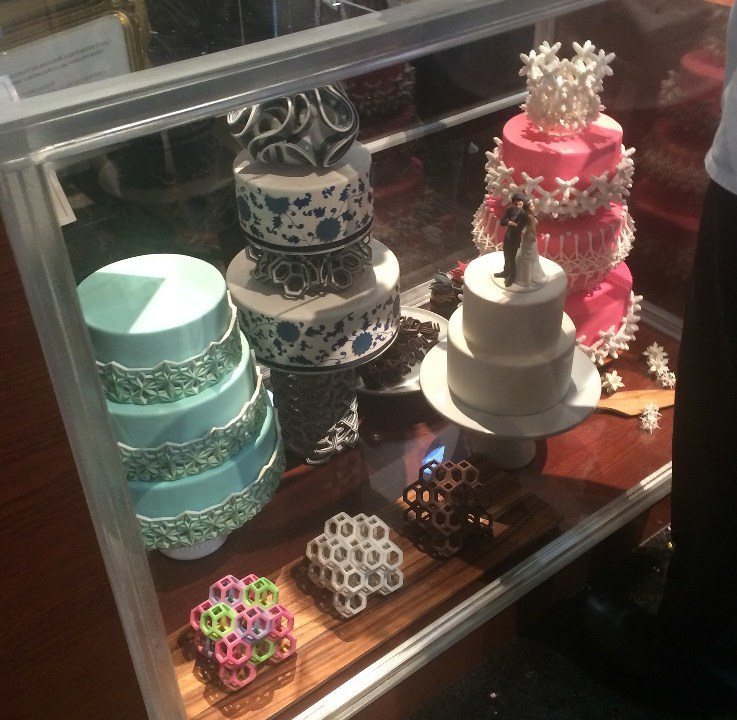
Fig. 4: 3D printed cake decorations displayed at CES 2015
ConnectedCycle, featuring connected pedals with GPS and no battery. The bike is self-powered by rotational energy:
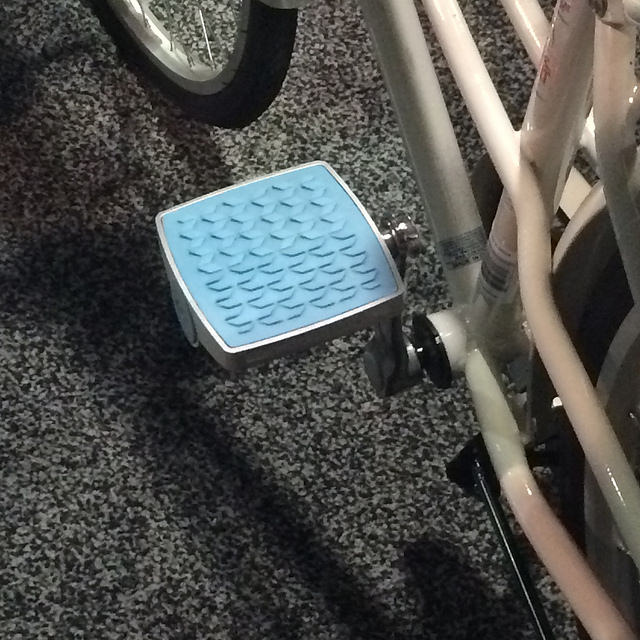
Fig. 5: ConnectedCycle promised to help you get more from your bike.
Gizmos at Tech East
I spent minimal time at Tech East. I was particularly interested in the Connected Car as I saw some of that activity a while back at BlackBerry, but I couldn't get in there to see any booths. The most interesting gizmo I saw was the Nixie Wearable Camera, which makes use of an Intel Edison board running a bunch of real-time algorithms so the drone can fly away from you, take a picture of your group (or of the climber), and come back to you:
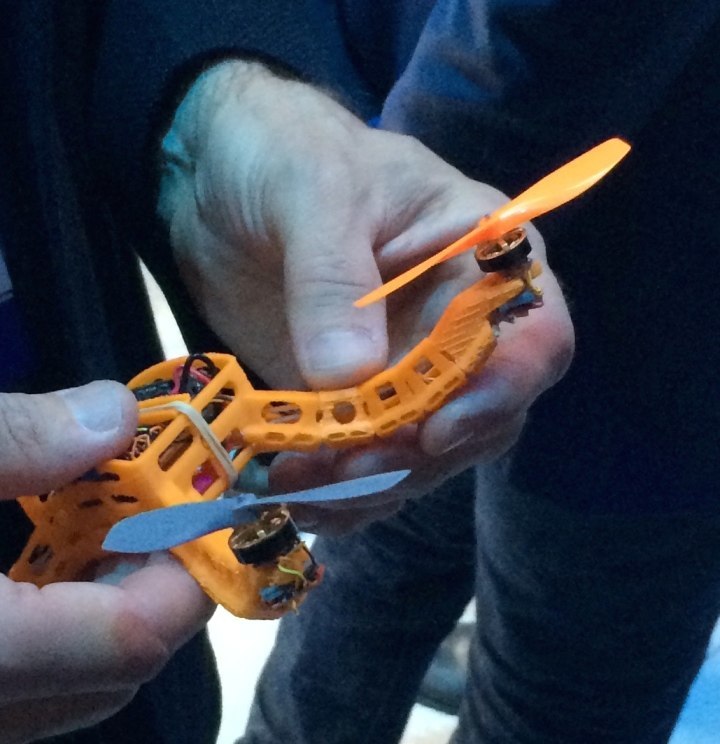
Fig. 6: A demonstration of the Nixie wearable camera
I didn't spend any significant time looking at Smart Glasses, but the Oculus Rift was present in different booths, from Lowe to the Activetainment B1 bicycle.
Epson also showed early results from their collaboration with APX Labs, and several others also had new glasses, with an emphasis on enterprise applications that I think are very promising.
Enterprise Developers: IoT Call To Action
Compared with last year’s CES, IoT products seemed closer to fruition. This will be a great year for connected devices and corresponding services.
So, what is the Progress angle around these technologies? We believe that these technologies will be adopted very quickly in the consumer space and then transition to enterprises, offices, factory floors and all the environments used by our direct and indirect customers. We have seen this adoption pattern happen before. In the immediate future, I expect that:
- Adoption for these connected devices will start later, but will be faster than with mobile devices. We need to understand how IoT technologies will be used, and how our tools and platform environments should evolve to support them.
- The adoption of Smart Glass technology may be quite the reverse. Smart Glass may be adopted first in the enterprise space for hands-free workers before their adoption in the consumer space.
Progress has the key pieces for this connected future including NativeScript (so application developers can use JavaScript to write apps leveraging the latest APIs), Modulus (our Node.js platform), the Telerik® Platform and tools, Progress® Rollbase® and Progress® Corticon®, Progress® DataDirect Cloud™ and Progress® Easyl®.
A very interesting future indeed!
Keep Up with Eduard/o
Eduardo travels frequently, exploring the latest application development and technology trends, devices, programming techniques and hacks. For the latest updates from Eduardo, follow his personal blog.
